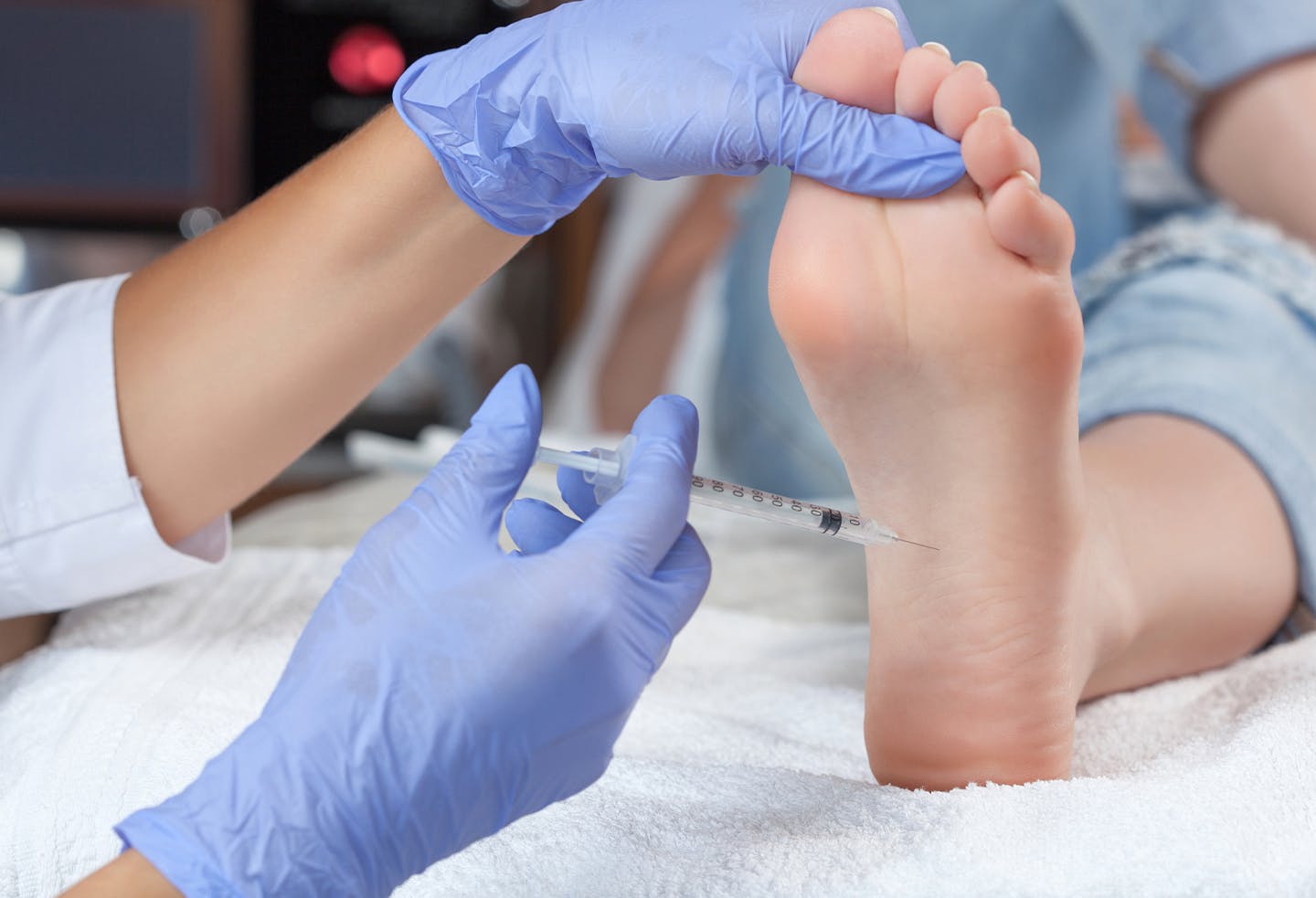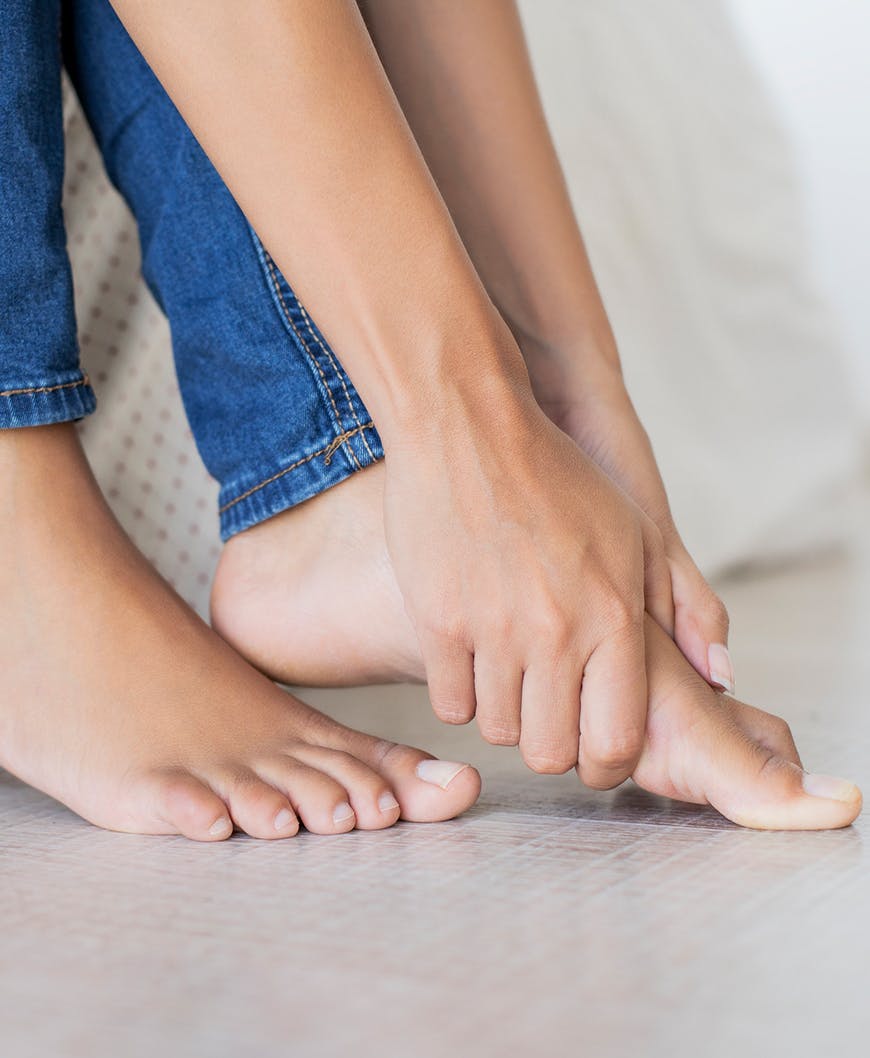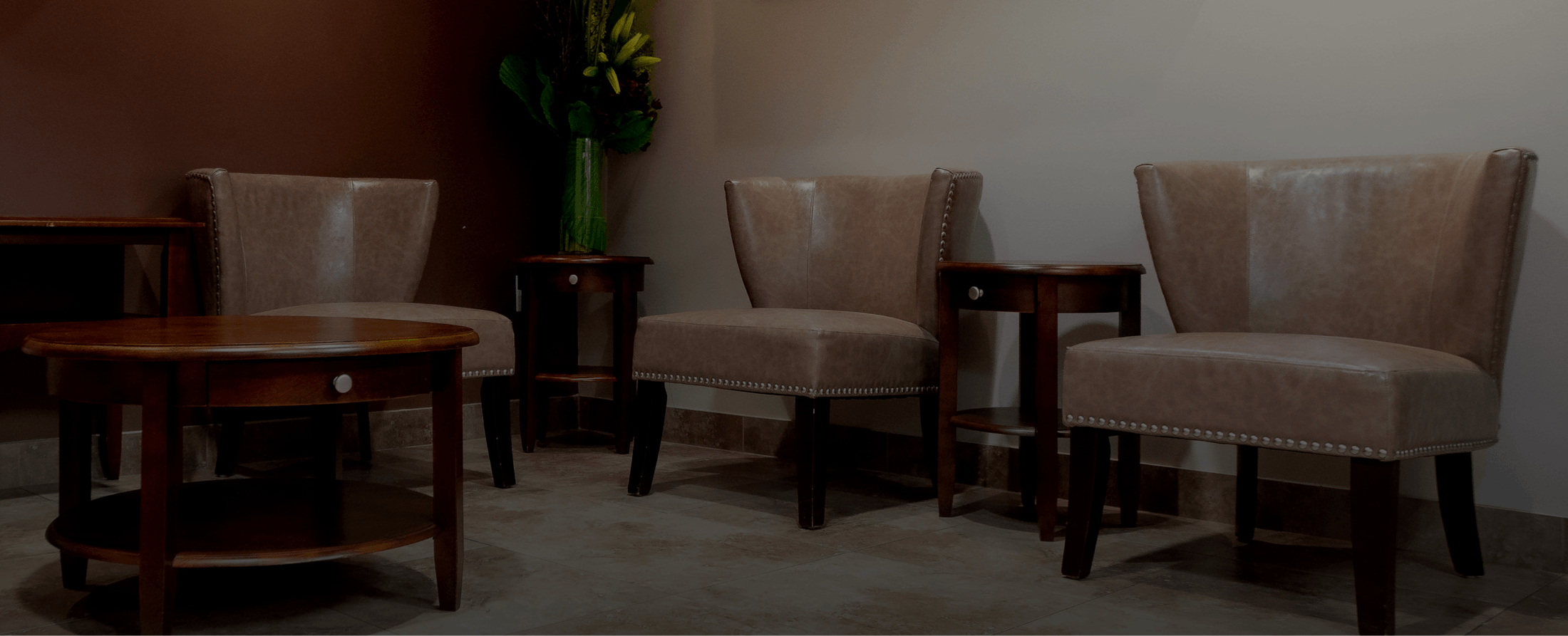If you notice a large lump on your foot, it’s very possible that this lump is a ganglion cyst. The cyst itself doesn’t actually cause many complications, but it can create issues with your appearance that you might want to get rid of.
Using Growth Factors
This specialized technique uses base cells that have the capability of growing into specialized cells. They are considered to be foundation material because of their potential to transform into specialized cells and their ability to adapt to bone, tissue, organs, and blood into which they are injected.
Patients who receive injectable treatments also recover faster and can get back to their normal lives sooner (however, they may still need to use crutches or wear casts even while receiving their therapy until their podiatric injury or illness is fully healed).







